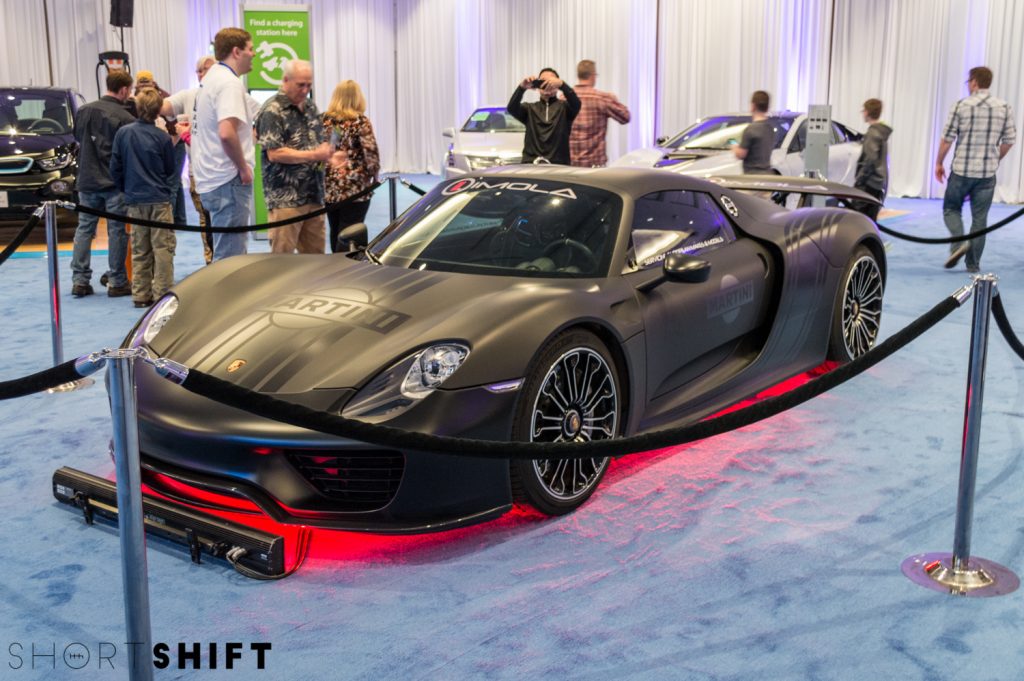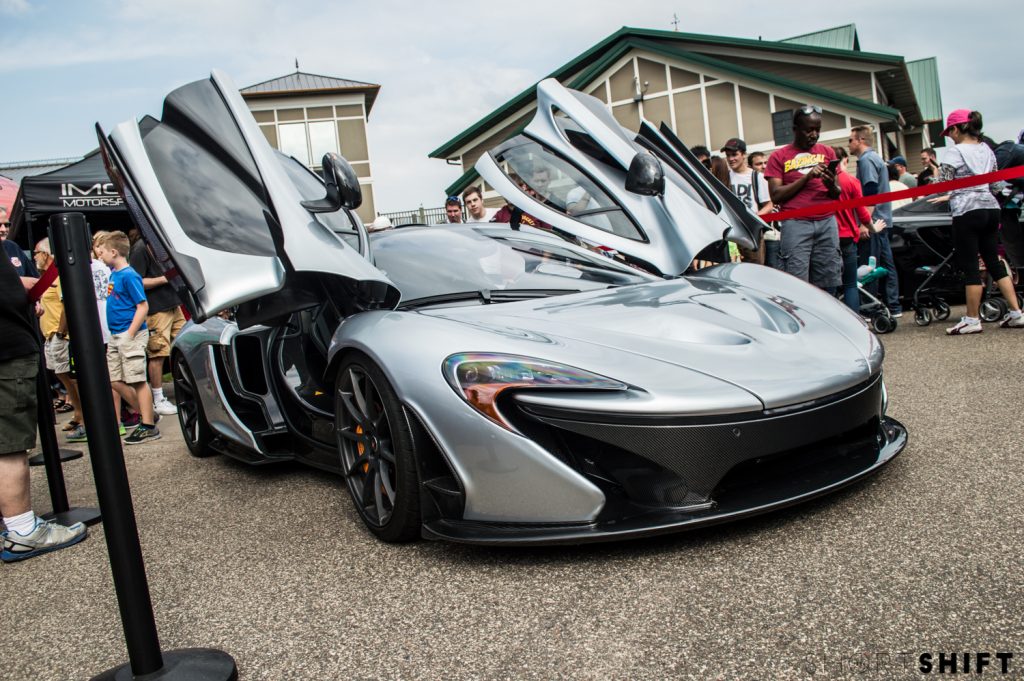I recently just watched the documentary Apex: The Story of the Hypercar which, by the way, is an amazing documentary for car lovers, and it got me thinking, what are the chances of actually seeing a hypercar in real life? The simple answer is pretty slim unless you go out of your way to find one, but I wanted to dive a little deeper. Now obviously there are a pot load of variables and I don’t have my doctorate in math, but I did take a statistics class in college and I know how to use Google search.
I was thinking I would first start with what defines a hypercar. The concept is so new that spellcheck still underlines the word in red. My fun definition is that a hypercar is a car that makes your other snooty millionaire friends’ cars look like a Honda Civic. The actual definition, in my opinion, is a car that is around 1000 hp, made of exotic, lightweight materials, goes 200 mph without breaking a sweat, and passes the $1,000,000 price tag; basically a race car made street legal. I would also like to add that they are all made in super limited numbers.
Here are the 5 cars I consider hyper cars, their price, and numbers produced. I am citing original production run and not including special editions.
- McLaren P1
- $1,600,000
- 375 made
- Porsche 918 Spyder
- $845,000
- 918 made
- Ferrari LaFerrari
- $1,700,000
- 499 made
- Koenigsegg (One:1, Agera RS, and Regara)
- $1,900,000 est.
- 7, 25, and 100 respectively
- Pagani Huayra
- $1,314,000
- 100 made, 2

Based on those numbers, there are roughly 2004 hypercars in the world as of today. That sounds like a lot but lets find out how not a lot that really is. Next is the research on how many normal cars are on Earth as of today and how many are being made each year.
After doing some digging I found that there were officially 1 billion cars on the road in 2010. Since I need something more recent than that I found an article on Green Car Reports that stated America had 1.2 billion cars on the road as of summer 2014. Now I have to fill in the gap by seeing how many vehicles were produced in 2015 and currently in 2016.
Not including commercial vehicles, there were 68.56 million cars produced in 2015 according to Statista. That was the easy find. However, the final piece of the puzzle is trickier because 2016 isn’t over. I found a site called Worldometer that looks relatively legitimate and has a world car production counter based on their formula and data from the International Organization of Motor Vehicle Manufacturers. It is constantly counting up so I am picking the number for October 17th, 2016 at 9:36 pm and 50 seconds: 59,554,840. Now to add up the totals:
- Cars up to 2014: 1,200,000,000
- Cars produced in 2015: 68,560,000
- Cars produced thus far in 2016: 59,887,840
- Total: 1,328,447,840
And finally, time to make a semi-conclusion. Out of 1,328,447,840 cars in the world, 2004 of them are hypercars. That means if you stand on a corner and watch cars drive by, 1 out of 662,898 will be a hypercar. If you prefer percentages, that’s a .00015% chance that you’ll run across one in the real world. And that’s assuming they are all driving on the road at the same time.
Taking those numbers in to consideration, here is a fun list of things that are more likely to happen to you:
- Getting struck by lightning in your life: 1 in 12,000
- Getting hit by a car: 1 in 4,292
- Having twins: 1 in 67
- Trump winning the election: 12.7% (as of today)
Now obviously you can go out of your way to try to find one at lets say an authorized dealership or an established car show in a large city, but this study was just a fun way to show how rare and exclusive a hypercar is. They are remarkable pieces of engineering that display what mankind can accomplish. So next time you’re out and about and a Koenigsegg or a McLaren P1 drives by, get your phone out, take a picture, and send it to us!
*All hypercar photos taken by Short Shift

